View all Standards for British Columbia (2018)
Develop and refine ideas and technical skills to improve the quality of performance pieces
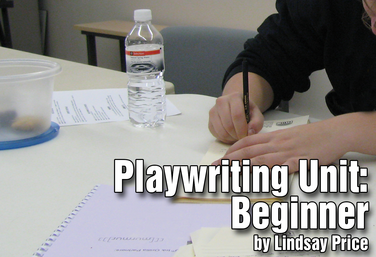
Playwriting Unit: Beginner
by Lindsay Price
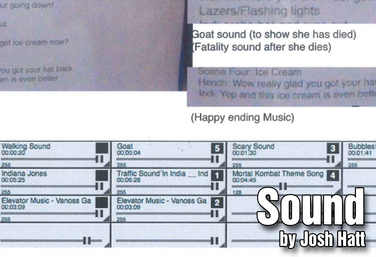
Part of the Technical Theatre Mini Units Curriculum
Sound
by Josh Hatt
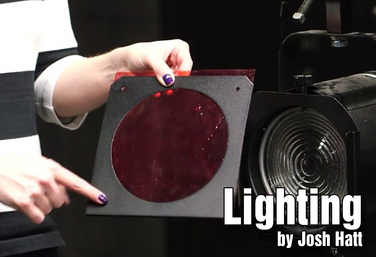
Part of the Technical Theatre Mini Units Curriculum
Lighting
by Josh Hatt

Part of the Technical Theatre Mini Units Curriculum
Costuming
by Josh Hatt
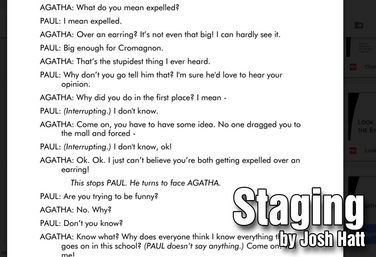
Part of the Technical Theatre Mini Units Curriculum
Staging
by Josh Hatt
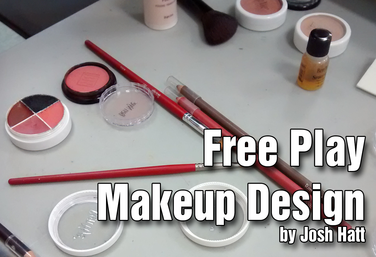
Part of the Technical Theatre Mini Units Curriculum
Free Play Makeup
by Josh Hatt
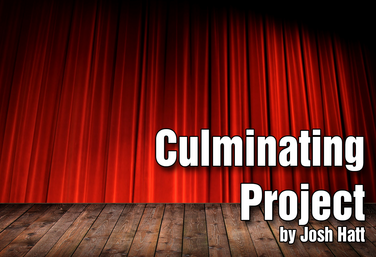
Part of the Technical Theatre Mini Units Curriculum
Culminating Project
by Josh Hatt
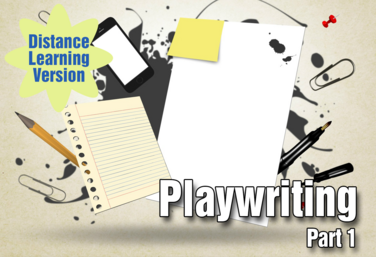
Part of the Distance Learning Curriculum
Playwriting: Part 1
by Lindsay Price
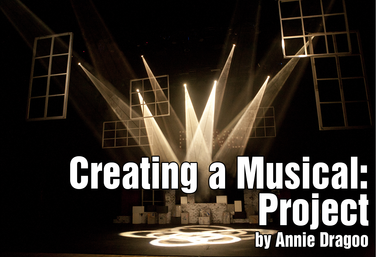
Creating a Musical: Project
by Annie Dragoo
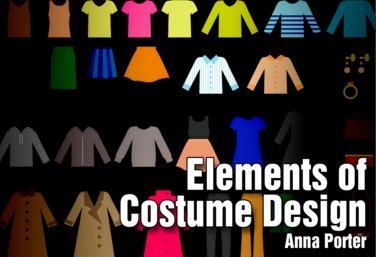
Elements of Costume Design *Hyperdoc
by Anna Porter
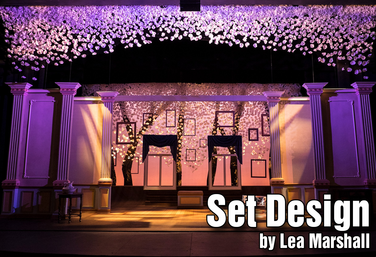
Introduction to Set Design *Hyperdoc
by Lea Marshall
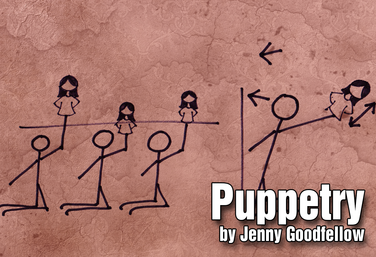
Puppetry
by Jenny Goodfellow
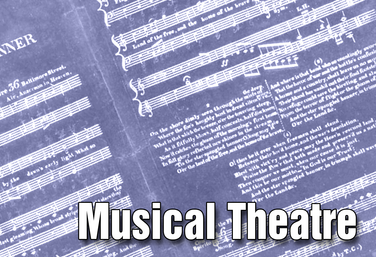
Musical Theatre
by Anna Porter
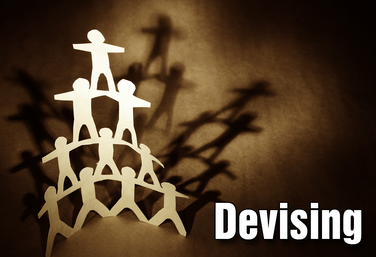
Part of the Drama Two Curriculum
Devising
by Corinna Rezzelle
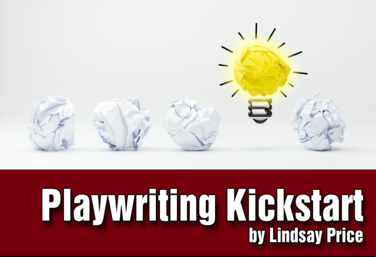
Playwriting Kickstart: Multi platform
by Lindsay Price
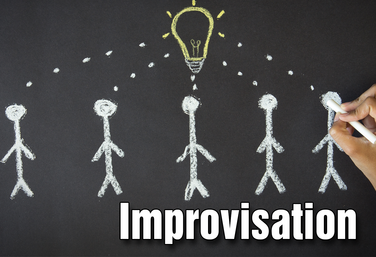
Part of the Drama One Curriculum
Improvisation
by Karen Loftus
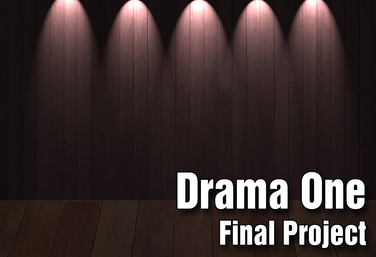
Part of the Drama One Curriculum
Drama One Final Project
by Karen Loftus
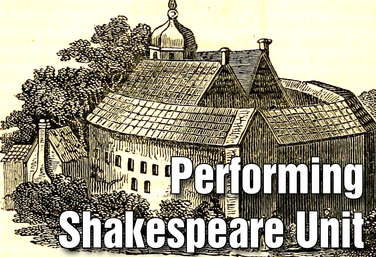
Part of the Drama Two Curriculum
Performing Shakespeare
by Matt Webster
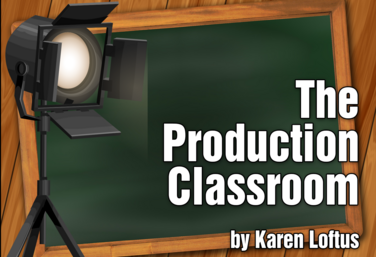
Part of the Production Classroom Units Curriculum
Part One - Pre-Production
by Karen Loftus

Part of the Production Classroom Units Curriculum
Part Two - Rehearsal and Performance
by Karen Loftus

Part of the Production Classroom Units Curriculum
Part Two - Documents
by Karen Loftus
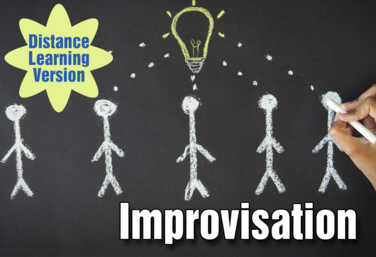
Part of the Distance Learning Curriculum
Improvisation
by Lindsay Price and Karen Loftus

Part of the Production Classroom Units Curriculum
Part Three - Reflection and Assessment
by Karen Loftus
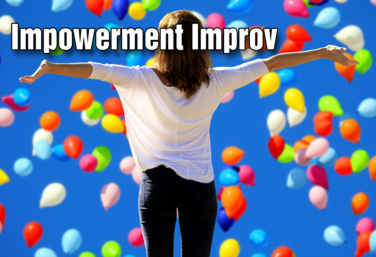
Impowerment Improv
by Jennine Profeta
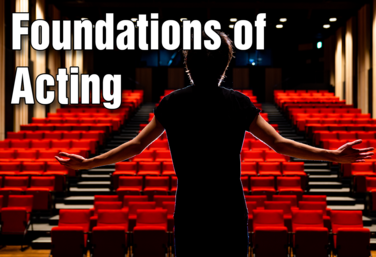
Foundations of Acting
by Annie Dragoo
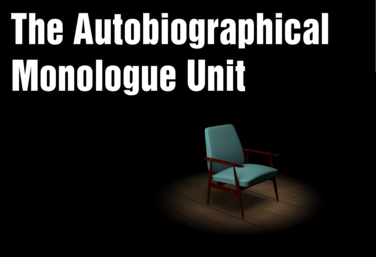
The Autobiographical Monologue
by Gai Jones
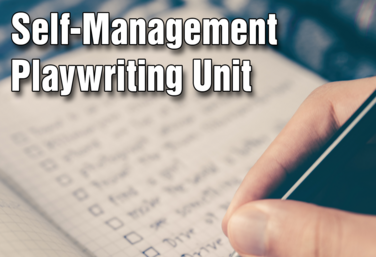
Self-Management Playwriting
by Lindsay Price
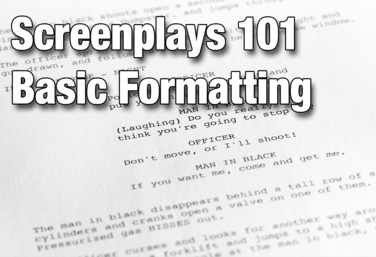
Screenplays 101: Basic Formatting Unit
by Nicholas Pappas
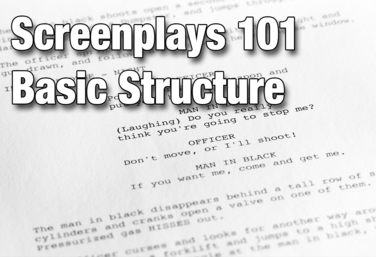
Screenplays 101: Basic Structure Unit
by Nicholas Pappas
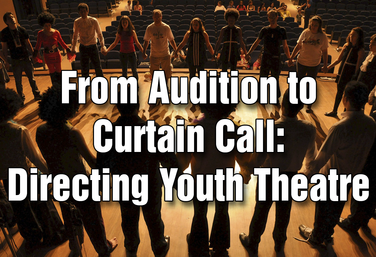
From Audition to Curtain Call: Directing Youth Theatre
by Steven Stack

Working With Monologues For Rehearsal And Development
by Gai Jones
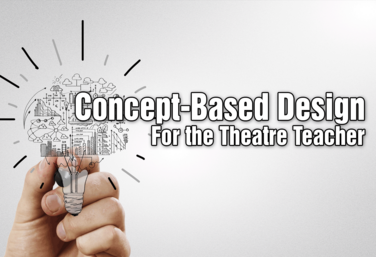
Concept-Based Design for the Theatre Teacher
by Matt Webster
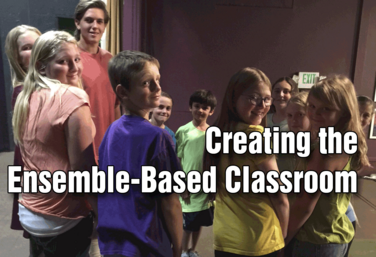
Creating the Ensemble-Based Classroom
by Gai Jones
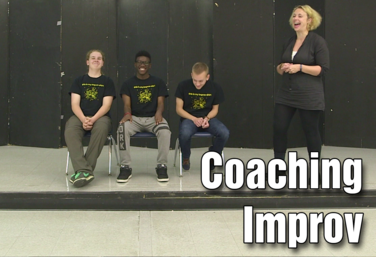
Coaching Improv
by Jennine Profeta
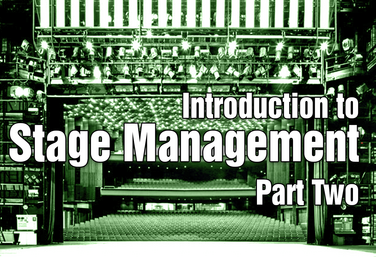
Introduction to Stage Management Part Two
by Karen Loftus

Basic Lighting for Drama Teachers
by Claire Broome
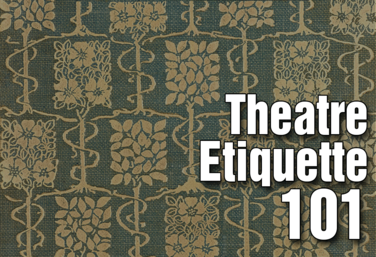
Theatre Etiquette 101
by Kerry Hishon

The Production Classroom
by Karen Loftus
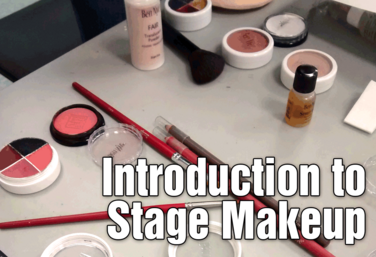
Introduction to Stage Makeup
by Matt Webster

21st Century Skills Through Devising
by Allison Williams
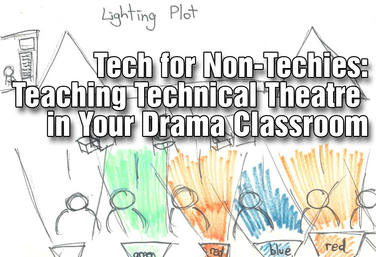
Tech for Non-Techies: Teaching Technical Theatre in Your Drama Classroom
by Josh Hatt
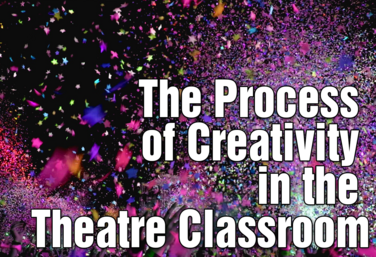
The Process of Creativity in the Theatre Classroom
by Gai Jones
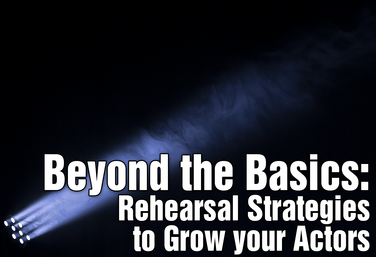
Beyond the Basics: Rehearsal Strategies to Grow Your Actors
by Julie Hartley

Director's Toolbox 1: Teaching Students to Direct
by James Van Leishout
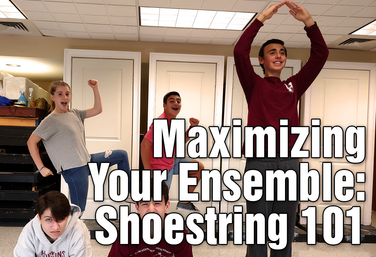
Maximizing Your Ensemble: Shoestring 101
by Michael Calderone

Director's Toolbox 2: Teaching Students to Direct
by James Van Leishout
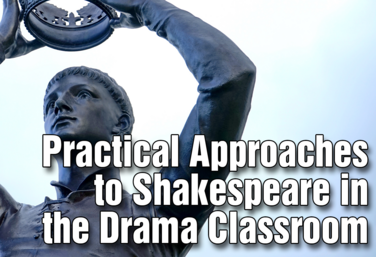
Practical Approaches to Shakespeare in the Drama Classroom
by Julie Hartley

Impowerment Improv
by Jennine Profeta
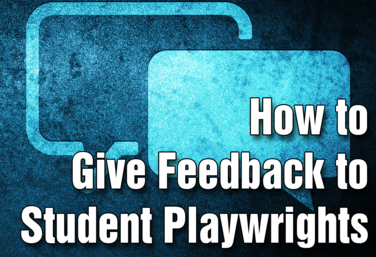
How to Give Feedback to Student Playwrights
by Nicholas Pappas
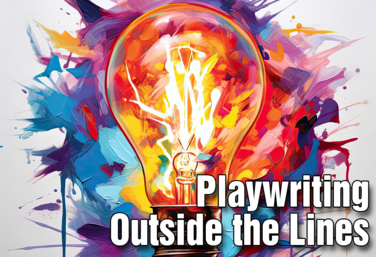
Playwriting Outside the Lines
by Steven Stack
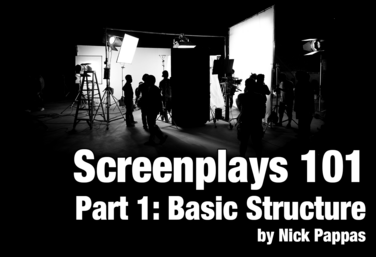
Screenplays 101 - Part 1: Basic Structure
by Nicholas Pappas
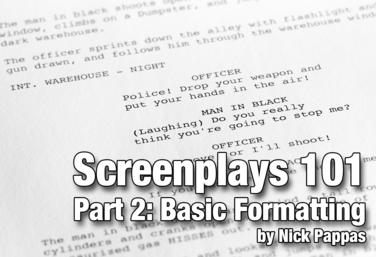
Screenplays 101 - Part 2: Basic Formatting
by Nicholas Pappas
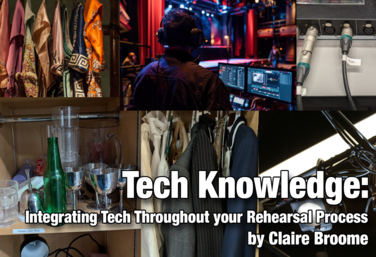
Tech Knowledge: Integrating Tech Throughout Your Rehearsal Process
by Claire Broome
View all Standards for British Columbia (2018) Standards Master List